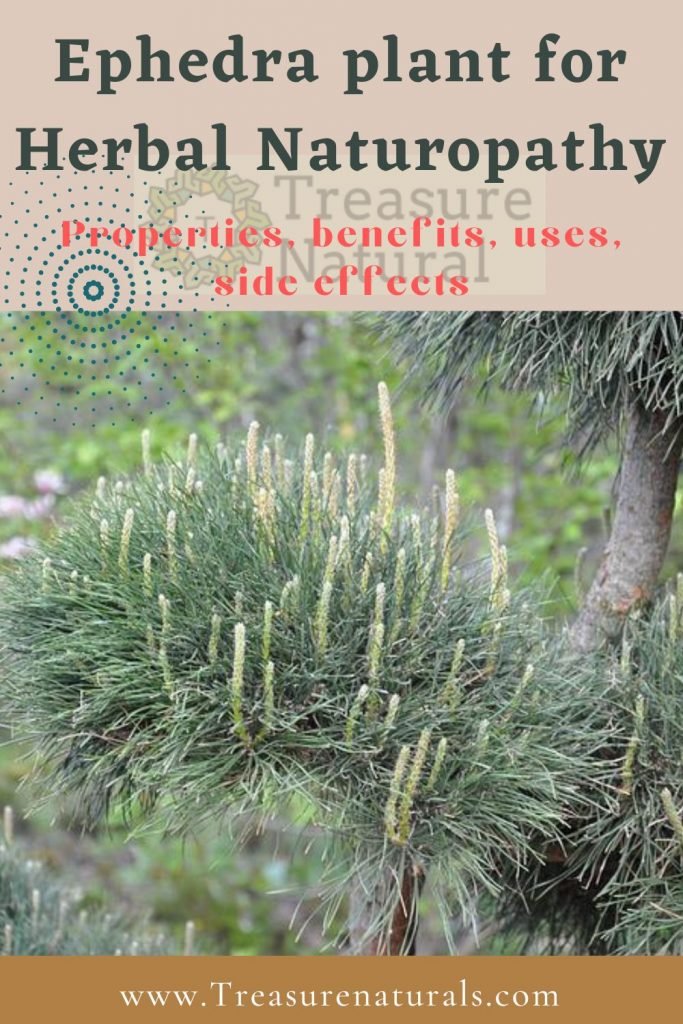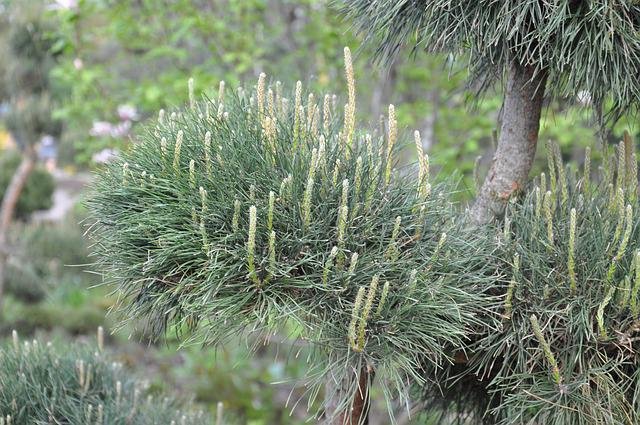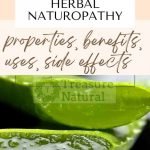
Ephedra (Ephedra distachya) is a plant of the Ephedraceae family used as a remedy with bronchodilator action, useful in the treatment of asthma, bronchitis, nasal congestions, sleepiness and overweight. Let’s find out better.
Properties of ephedra
The aerial parts of ephedra contain in their phytocomplex some alkaloids in a concentration close to 1%, among which ephedrine (60-80%) and pseudoephedrine (20-34%), with a molecular structure similar to adrenaline, stand out. of which they mimic the sympathomimetic activity.
These active ingredients have a more marked action on smooth muscle fiber than the human hormone, and this is noted in the hypertensive effect induced by ephedrine, which is more durable, although less intense, than that caused by adrenaline, as it is due to a vasoconstriction by direct action on smooth muscle.
The presence of these substances justifies the traditional use of ephedra as a remedy with a bronchodilator action, useful in the treatment of asthma, bronchitis, nasal congestion, drowsiness and overweight.
In fact, in case of respiratory disorders, the plant depresses the tone of the bronchial muscles and at the same time inhibits cholinesterase; for this eagione, it is useful in the therapy of allergic asthma, dyspnoea, chronic bronchitis, pertussis and in all cases it is necessary to re-establish the excitability of the bulbar respiratory centers.
Ephedrine, acting as an adrenergic agonist, in fact increases the release of norepinephrine from the nerve endings and interacts directly with the alpha and beta adrenergic receptors; all this results in bronchial dilation associated with increased thermogenesis (accelerates metabolism) and blood pressure (ephedrine causes vasoconstriction);
The plant is also used as a tonic for the neuromuscular system to enhance the performance of athletes (it is considered a doping substance). The ephedrine, contained in it, gives it anorectic and slimming activity .
How to use
Given the content of ephedrine alkaloids (50-90%) and pseudoephedrine, ephedra is a plant widely used for medical purposes. Used in the past in dietary supplements, it was then permanently withdrawn from the United States in 2004, following some deaths.
Contraindications of ephedra
Side effects on the cardiovascular system and the nervous system are known and documented.
Being a drug with an intense pharmacological activity, a certain caution is necessary in its administration, because doses higher than the therapeutic ones, cause narcotic effects, phenomena of nervous excitement, insomnia, dizziness, tremors, tachycardia, nausea and vomiting.
The plant is also contraindicated in subjects suffering from vascular disorders, heart disease, hypertension and in those undergoing digitalis treatments. Avoid use in case of anorexia, bulimia, depressive syndromes, insomnia, hyperthyroidism, diabetes, prostatic hypertrophy, glaucoma. Not recommended for children and the elderly.
Description of the plant
Ephedra is a prostrate-ascending herbaceous plant that reaches 30-50 cm. tall, with erect, short, flattened branches of a glaucous green color. The opposite leaves are reduced to bare scales.
The flowers consist of rounded floral scales grouped in greenish yellow pedunculated catkins. The fruits are red and fleshy berries.
Habitat of the plant
Ephedra grows in warm temperate zones around the world
Background

We want to attribute the merit of having experienced the effects of ephedra to the father of Chinese medicine, the emperor Shen Nung (who lived in 2800 BC45) who taught his people the use of plants, compiling the first treatise on materia medica to appear to the world: “The origin of plants” or Pen-‘t-sao, in which ephedra is called Ma-huang.
This interpretation is much discussed by historians, because the copies of the treatise in our possession date back only to the 1st century BC. C. and in the case of ephedra it is necessary to reach 168 d. C. _ to see the antipyretic, diaphoretic and sedative properties of cough listed, used in case of respiratory tract diseases associated with dyspnea.
The plant, still used in China, intrigued scholars from all over the world, especially those of the nineteenth century, who wanted to verify its effects pharmacologically.






